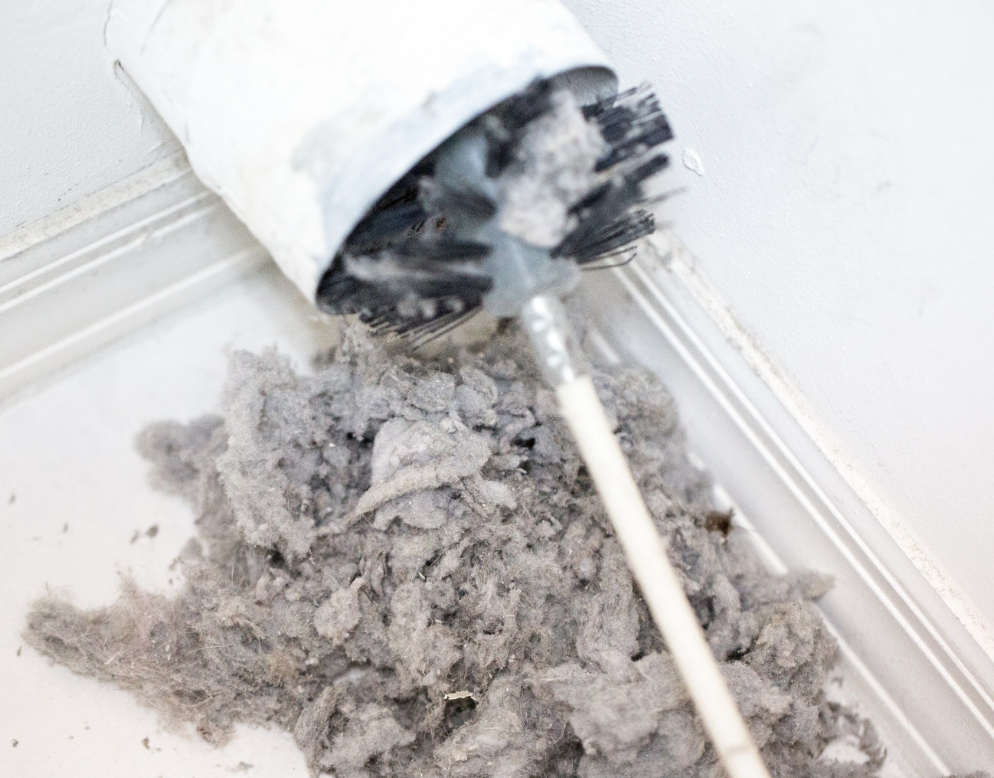Dryers are one of the greatest inventions known to the domestic person. There is no doubt about it—being able to wash and dry the clothing that you wear, from the comfort of your home, with no regard to whether the weather will permit drying thoroughly is a wonderful comfort; it is one that many of us take for granted.
That is until it is all gone.
Dryers sometimes shut off. They stop drying, or they start taking two or three cycles to properly dry the clothing. No one wants to run their clothing through the dryer only to find that it is not actually dry when they need it. If your dryer is not drying properly, it is likely due to a problem with the heating, and if you can identify what the problem with the heating is, you can then begin to fix the issue. Luckily, many of the problems that cause dryers to stop warming up can be fixed at home without much work at all.
Before you begin repairs and testing other elements, however, do some quick troubleshooting. Check for the following before moving on to the solutions:
- Is it turning on at all? If not, try checking to make sure that it is plugged in
- Is the door shutting all of the ways when you close it?
- Is the problem with the breakers?
- Is your washer not pulling the water out of the clothing enough to allow for efficient drying?
If you can get past all of that basic troubleshooting, there may be a more specific problem with the system that you will need to address.
Before we jump into the reasons why, if you would like to learn more about common dryer issues and solutions, visit Bluemonte Appliance.
Reasons for the Issue
Reason #1: The vents are blocked

The most common reason that people run into problems with their dryers not functioning is due to blocked venting. When the vents are blocked, the dryer is not able to generate the heat it needs and the clothing will not dry. The good news is, this is also an incredibly simple fix if you are handy at all.
To identify if this is the problem, all you have to do is turn on the dryer on high and then go outside to the place that you vent the air to. You will then hold your hand out underneath the vent to see if you can feel warm air. You should be able to feel the air rapidly being pushed out and it should be warm. If not, then this is a likely culprit for the problem.
Reason #2: The heating element broke
If the heating element does not work, then you are naturally not going to have any heat to your system, meaning that you are not going to be able to use it. If you cannot generate the necessary heat, the dryer will not function for anything other than a glorified clothing tumbler.
How to Solve the Issue
Repair #1: Cleaning the blocked venting

A blocked dryer vent can lead to all sorts of problems, including creating a higher risk for a fire. If yours is clogged, it will be in your best interest to get it cleaned out quickly, not only to allow your clothing to dry but also to ensure that your home is safe.
- Identify the duct. For most dryers, this is a big aluminum, or other pipes, that transfer the hot air elsewhere. It is typically on the back of the unit. The duct will typically also connect to a vent outside of your home.
- Turn off the dryer—unplug it and then pull the dryer out. Remove the bracket attachments that hold the dryer vent to the dryer’s exhaust. You should then be able to pull them apart. You may want to pull out the dryer if you have space and if the dryer is electric. If it is a gas dryer, you need to be careful with it.
- Vacuum and scrub out the inside of the dryer vent. You can use a big brush to scrub it out.
- Clean up the surrounding areas and then reattach everything. You will reverse the steps that you went through to remove it
- Test it out. Your dryer should now work properly. Remember to do regular maintenance on your dryer to ensure that it stays functional.
Repair #2: Replacing the heating element

If the heating element is the problem, you are in for a bit more of an involved repair, but it is still doable, especially if you feel confident in yourself and your own abilities. To repair this, you will need a screwdriver, a vacuum, and gloves. You will also need to make sure that you have the right replacement part that is compatible with your model, so you will want to ensure that you double-check when you are ordering it.
- Start by shutting down the power to your system. Unplug it.
- Remove the back pane using the screwdriver that your system will need. This will give you access to everything that you will need.
- Identify the heating element. It is typically somewhere along the bottom of the dryer. Then, make sure that you take a picture of the wires connected to the element so you know which wires go where for later. Remove all of the wires, using your screwdriver to pull them out if necessary.
- With the wires removed, you should then be able to remove the heating element. Remove the mounting screws that keep it in place and remove the entire heating element box.
- Now, with the heating element removed, you must transfer the thermostat to the new element. Identify it on the old heating element, remove it, and install it onto your new element.
- At this point, it is time to reinstall the new heating element. Place the new one onto the heater box so you can line up the screw holes. Affix the mounting screws and tighten. Then, following the picture that you took as a guide to which wires go where, reinstall the wires to the new element.
- Close up the dryer, reattaching the removed back panel and then plug in the dryer.
Source:



